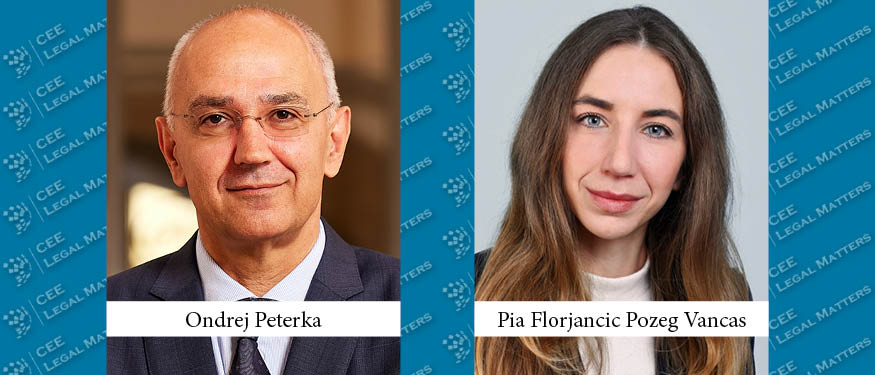New amendments to Law No. 422/2001 on the protection of historic monuments (Law 422) were posted for discussions on the website of the Ministry of Culture, on January 12, 2022, in the shape of a Government Ordinance (Bill) intended to amend and supplement Law 422. Any suggestions or opinions should have been submitted no later than January 24.
The Bill was generated by the need to adapt Law 422 to the new social and economic realities. Below are some of the suggestions that could have a positive impact:
Delimitation of Competences in Terms of Preemption Rights
The sale of historic monuments for which the ownership title belongs to either natural persons or private legal entities is conditional upon the exercise of the preemption right by the Romanian state, via the Ministry of Culture. For Group A historic monuments the option whether to exert the preemption right must be expressed by the Ministry of Culture directly, while for Group B historic monuments the option must be expressed by the decentralized public services of the Ministry of Culture.
Before the sale of any property declared to be a historic monument, the owner must obtain an answer regarding the exercise of the preemption right and file a set of specific documents with the decentralized public services of the Ministry of Culture.
According to current regulations, because the definition of historic monuments covers both individual objectives (the monuments – constructions or parts of constructions) and complexes and sites, if any of these historic monuments is included in category A, it is the Ministry of Culture that must exert the preemption right. There are large downtown areas in some historical cities in Romania which are historic monument complexes or sites and, therefore, they qualify for inclusion in category A – with every sale of a property located in such areas required to go through the preemption right procedure under the signature of the Ministry of Culture – which is difficult and time-consuming.
The Bill suggests a new separation of competences, in terms of the exercise of this preemption right, between the Ministry of Culture and the decentralized public services thereof, as follows: (1) the Ministry of Culture for the historic monuments classified as Group A monuments; (2) the decentralized public services for Group A historic monument complexes or sites, and for all Group B historic monuments; or (3), as appropriate, the administrative-territorial units themselves.
Basically, this amendment aims to shift the competence from the Ministry of Culture to its deconcentrated public services in case of historic monuments included in the category complex or site, irrespective of whether they are included in Group A or Group B – and to leave only those historic monuments that qualify as monument-Group A under the Ministry of Culture’s direct purview. Were this to be the case, the procedure for properties located in a complex or site would be conducted solely before the decentralized public services and should, therefore, be sped up.
The Ministry of Culture To Decide What To Skip in Advance
One of the proposed additions under the Bill would allow the Ministry of Culture to determine, depending on its budgetary allocation for the year, those historic monuments for which the ministry or its subordinated decentralized public services will not exert the preemption right.
The amendment is intended to ease the task of the Ministry of Culture when it comes to issuing the notifications regarding the refusal to exert its preemption right and, implicitly, to facilitate quicker answers being obtained by the owners.
With no further details, two other amendments might have a positive impact on the real estate industry: (1) the clarification of rules governing the permitting of works in case of demolition of some components, construction elements, or units of the historic monument which are deemed hazardous or detract from its cultural value; and (2) the possibility for the Ministry of Culture to issue permits for works on properties located in the protection area of historic monuments or the protected built-in areas whenever, for objective reasons regarding their institutional capacity, the decentralized public services are unable to issue those permits.
By Alina Moldovan, Managing Partner, and Ana Zagor, Senior Associate, Firon Bar-Nir
This Article was originally published in Issue 9.3 of the CEE Legal Matters Magazine. If you would like to receive a hard copy of the magazine, you can subscribe here.

























